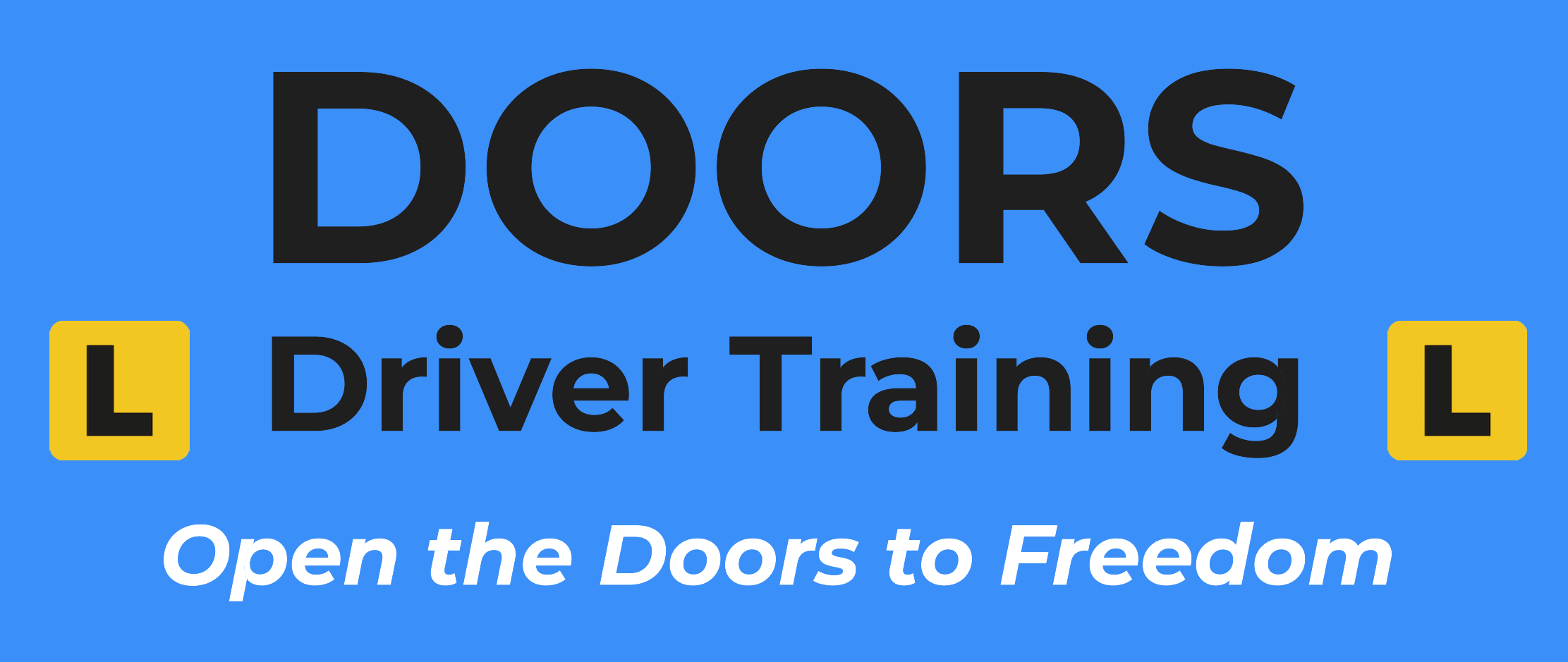Demonstrate the ability to observe, assess and react to hazards while driving a light motor vehicle.
HAZARDS
- Defines a hazard.
- Explains the terms ‘actual’ and ‘potential’ hazards.
- Describes the six driving conditions and provides two examples of hazards arising from each.
OBSERVATION
- Applies 12-second search pattern.
- Keeps eyes moving to create a search pattern all around the vehicle (to sides, behind, ahead) avoiding a
- fixed stare and reliance on peripheral vision.
- Checks rear-view mirrors often enough when driving straight to maintain awareness of surrounding
- traffic; before braking; changing direction or lateral position and pulling out or returning to the kerb.
- Checks blind spots (over shoulder check) where appropriate.
- Applies 2-second and 4-second rules and observes correct speeds in prevailing conditions.
- Uses vehicle lights to reflect prevailing light conditions.
- Uses vehicle signals in accordance with legal requirements.
HAZARD ACTION PLAN
- Identifies potential hazards.
- Predicts possible developments.
- Decides what action to take should the hazard develop.
- Acts upon that decision using the system of vehicle control.
- Identifies early and reacts safely to all driving hazards.
SYSTEM OF CAR CONTROL
- Selects appropriate lane or road position to avoid hazards. (Course)
- Checks mirrors to determine position of other traffic. (Mirrors)
- Signals intentions (if necessary) and observes reactions of other traffic. (Signal)
- Brakes to reduce vehicle speed in advance of any hazard. (Brake)
- Downshifts to the correct gear for any task. (Gears)
- Executes the task to avoid the hazard. (Execute)
- Accelerates away from the hazard. (Accelerate)
- Applies the system of vehicle control consistently in all hazard avoidance.
